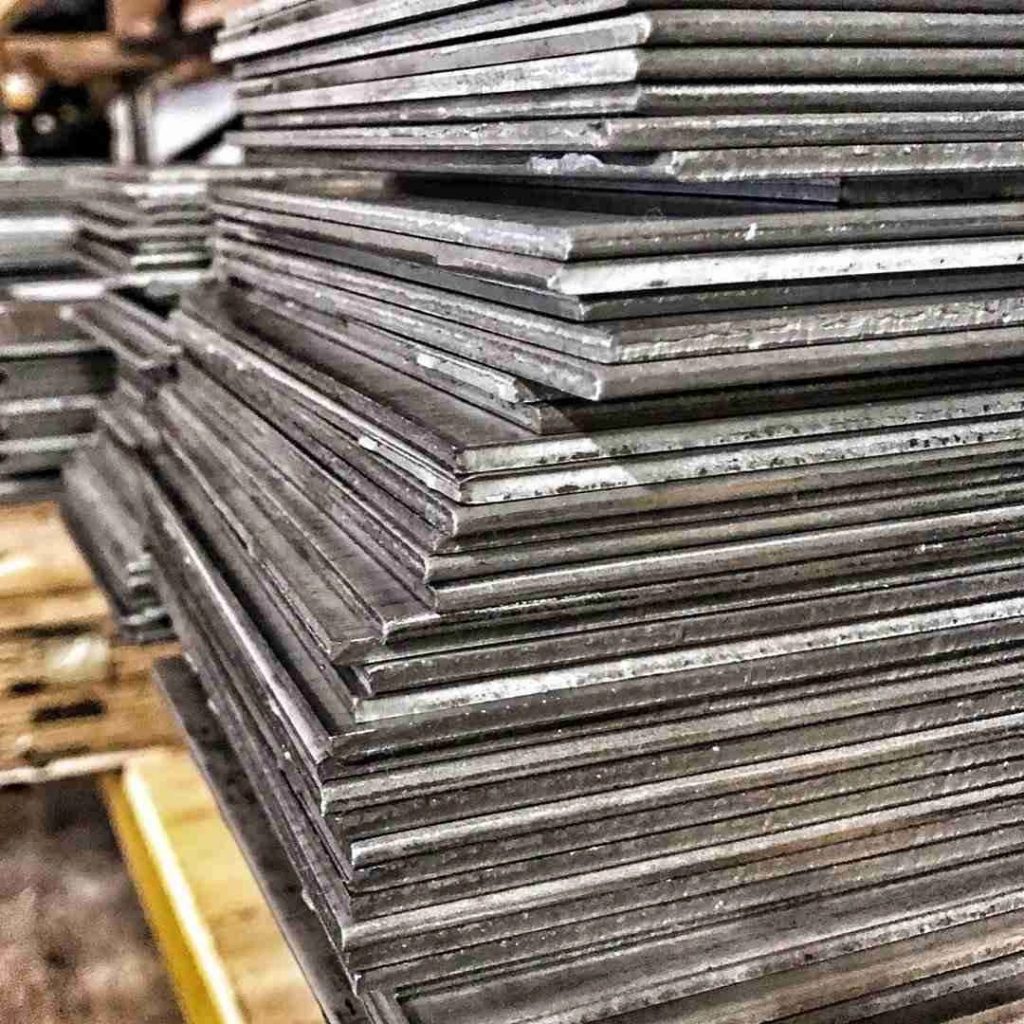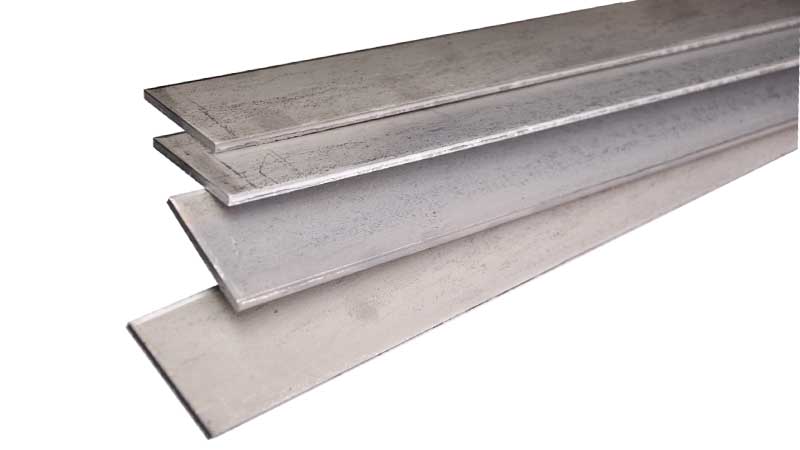Personnalisation Matériau de la lame





Is a premium ultra-high performance stainless steel known for its exceptional edge retention and corrosion resistance, favored for high-end cutlery.
Is a martensitic stainless steel offering excellent wear resistance, high corrosion resistance, and edge retention, perfect for premium blades.
Offers a balanced combination of toughness, edge retention, and corrosion resistance, making it a superb all-rounder for quality knives.
Is a high-quality stainless steel known for its impressive blend of wear resistance, corrosion resistance, and attainable hardness, ideal for premium and versatile knives.
Is a high-carbon stainless steel known for its excellent balance of edge retention, toughness, and corrosion resistance, making it a favorite for quality knives.
Is a high-end stainless steel with excellent corrosion resistance and hardness, making it a top choice for premium knife applications.
Is a Swedish stainless steel optimized for high durability, edge sharpness, and corrosion resistance, ideal for everyday carry knives.
Is a high-carbon Japanese stainless steel known for its excellent edge retention and toughness, suitable for high-quality blades.
Is a high-carbon Chinese stainless steel often compared to Japanese VG-10 for its similar properties, perfect for fine cutlery.
Is a high-carbon, high-chromium tool steel known for its incredible wear resistance and ability to hold a sharp edge, favored for tough applications.
Is a high-alloy Chinese stainless steel praised for its fine balance between toughness and corrosion resistance, suited for diverse knives.
Is a budget-friendly Chinese stainless steel that offers a good balance of toughness, edge retention, and corrosion resistance.
Is an affordable Chinese steel known for its impressive corrosion resistance and ease of sharpening, ideal for budget-friendly designs.
Is a Chinese stainless steel primarily known for its exceptional corrosion resistance and ease of maintenance, ideal for entry-level knives.
Is a high carbon Japanese steel, prized for its ability to hold a sharp edge and its durability in tough conditions, perfect for heavy-duty tools.
Is a Chinese stainless steel known for its remarkable balance between affordability and functionality, ideal for value-oriented tools.
Is a Chinese stainless steel that offers an excellent blend of strength and corrosion resistance, making it suitable for budget-friendly tools and accessories.
Damascus steel does not have a “standard” composition, as it is made through a process of folding and forging multiple layers of steels of varying properties. Typically, it combines high carbon and low carbon steels to create its unique characteristics.
Is renowned for its distinctive patterned design, exceptional toughness, and ability to be honed to a keen edge, making it a premium choice for fine blades.
Is a high toughness, tool steel grade known for its outstanding resistance to breakage and chipping in high wear environments.
Is a martensitic stainless steel that offers unparalleled edge retention and excellent resistance to wear and abrasion.
Is distinguished by its exceptional edge retention and corrosion resistance, making it a top choice for high-end blades.
Is a high chromium-vanadium-molybdenum alloyed steel, known for its superb blend of toughness and wear resistance, making it a versatile choice for high-quality blades.
Is a nitrogen-based alloy known for its exceptional corrosion resistance, making it ideal for marine environments and applications prone to rust.
Is an Austrian-made high-carbon, high-chromium tool steel, famed for its remarkable balance of toughness, wear resistance, and edge retention.
Is a Japanese medium-carbon, high-chromium stainless steel that offers a good balance of toughness, edge retention, and corrosion resistance.
Is a powder metallurgy tool steel known for its high impact toughness and excellent wear resistance.
Is a premium stainless steel that offers an excellent balance of hardness, toughness, and corrosion resistance.
Is a nitrogen-based stainless steel known for its exceptional resistance to rust, making it ideal for marine environments.
Is an ultra-hard high-speed powder steel known for its supreme cutting efficiency and edge retention capabilities.
Is a classic high-carbon steel known for its excellent hardness and edge retention, favored for its traditional knife-making qualities.
Is a high-carbon chromium steel offering a balanced combination of hardness, edge retention, and corrosion resistance.
Is an air-hardened tool steel known for its excellent toughness and decent edge retention, making it robust for heavy-duty use.
Nous sommes prêts à vous aider à n'importe quelle étape de votre projet de couteau OEM. Envoyez-nous votre demande et votre budget et nous vous répondrons dans les plus brefs délais 24 heures.